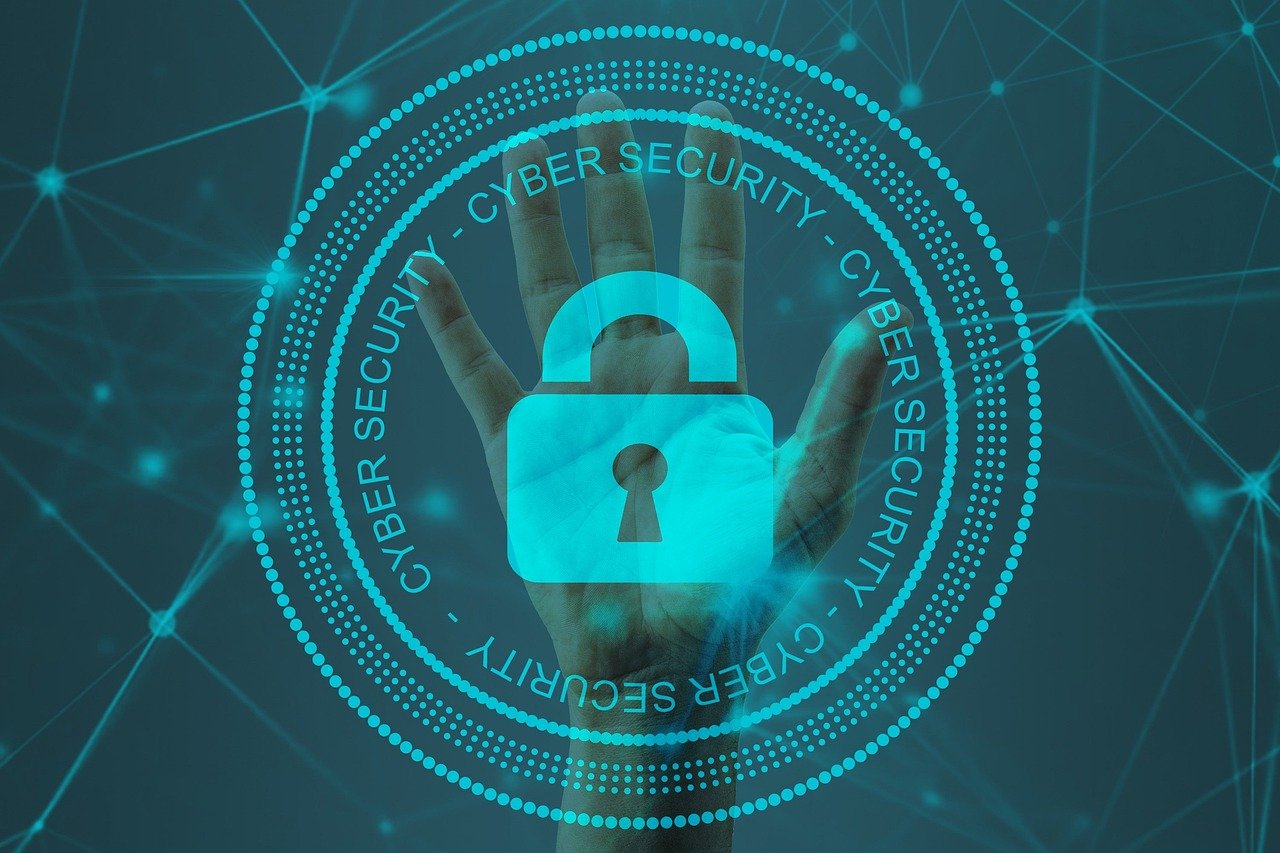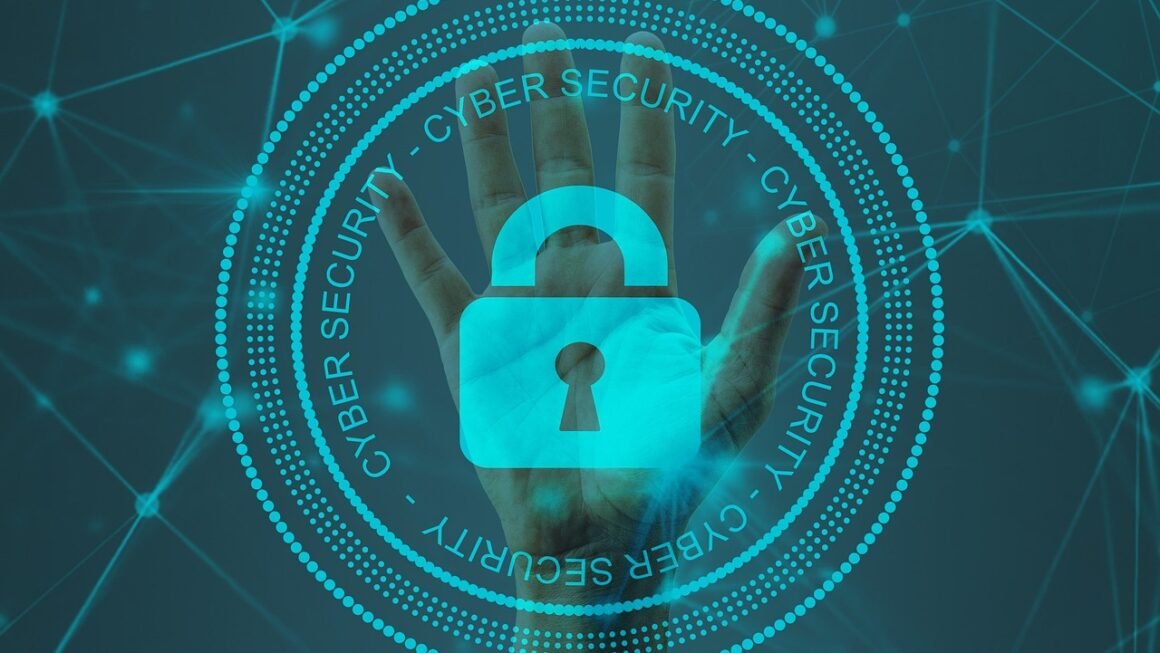Identity theft can feel like a punch to the gut – the realization that someone is impersonating you, potentially racking up debts, committing crimes in your name, or simply wreaking havoc on your credit and reputation. It’s a growing concern in our increasingly digital world, and understanding the risks and preventative measures is crucial to protecting yourself and your personal information. This blog post will delve into the different facets of identity theft, providing you with the knowledge and tools you need to stay safe.
Understanding Identity Theft
What is Identity Theft?
Identity theft occurs when someone steals your personal information, such as your Social Security number, driver’s license number, credit card details, or bank account information, and uses it for fraudulent purposes. These purposes can range from opening new accounts in your name to filing false tax returns, applying for loans, or even committing crimes while pretending to be you.
Common Types of Identity Theft
Identity theft isn’t a one-size-fits-all crime. It manifests in various forms, each with its own unique methods and consequences. Some common types include:
- Financial Identity Theft: This involves using your personal information to open credit cards, apply for loans, or access existing bank accounts. This can lead to significant financial losses and damage to your credit score.
- Medical Identity Theft: This occurs when someone uses your health insurance information to obtain medical care, prescriptions, or commit insurance fraud. This can contaminate your medical records and potentially compromise your future access to healthcare.
- Government Benefits Fraud: Identity thieves may use your Social Security number or other information to claim government benefits, such as unemployment insurance or tax refunds, in your name.
- Criminal Identity Theft: In this scenario, an identity thief uses your identity when arrested or cited for a crime. This can lead to incorrect criminal records and potential legal trouble for you.
- Child Identity Theft: Sadly, children are not immune. Thieves might use a child’s Social Security number to open fraudulent accounts because a child’s credit is usually clean.
Statistics on Identity Theft
The Federal Trade Commission (FTC) consistently reports identity theft as one of the top consumer complaints. According to the FTC, in 2022, consumers reported over 5.7 million fraud reports, with identity theft accounting for a significant portion of those cases. The impact is far-reaching, affecting individuals of all ages and socioeconomic backgrounds. The rise of data breaches and online scams has only exacerbated the problem.
How Identity Thieves Obtain Your Information
Phishing Scams
Phishing remains one of the most prevalent methods used by identity thieves. Phishing involves sending fraudulent emails, text messages, or making phone calls that appear to be from legitimate organizations, such as banks, credit card companies, or government agencies. These messages often contain links to fake websites that are designed to steal your login credentials, personal information, or financial details.
- Example: Receiving an email that looks like it’s from your bank, urging you to update your account information by clicking on a link.
- Tip: Always verify the sender’s address and avoid clicking on links in suspicious emails. Contact the organization directly through their official website or phone number to confirm the legitimacy of the request.
Data Breaches
Data breaches, which occur when large companies or organizations experience a security breach and expose sensitive customer data, are a major source of identity theft. These breaches can expose millions of individuals’ personal information, including names, addresses, Social Security numbers, and credit card details.
- Example: A major retailer experiences a data breach, compromising the credit card information of millions of customers.
- Tip: Monitor your credit reports regularly and be aware of any unusual activity on your bank accounts and credit cards after a data breach. Consider placing a credit freeze on your accounts to prevent new accounts from being opened in your name.
Malware and Spyware
Malware and spyware can be installed on your computer or mobile device without your knowledge, allowing identity thieves to monitor your online activity, steal your passwords, and access sensitive information. These malicious programs can be spread through infected websites, email attachments, or software downloads.
- Example: Downloading a seemingly harmless app that contains spyware, allowing the app developer to track your online activity and steal your passwords.
- Tip: Install a reputable antivirus software and keep it updated. Be cautious about downloading files or clicking on links from untrusted sources.
Dumpster Diving and Mail Theft
Although less common than digital methods, identity thieves may still obtain your information by physically stealing your mail or rummaging through your trash in search of discarded documents containing personal information, such as bank statements, credit card bills, or medical records.
- Example: An identity thief steals your mail and finds a credit card application with your name, address, and other personal information.
- Tip: Shred sensitive documents before discarding them. Consider using a locked mailbox to prevent mail theft.
Protecting Yourself from Identity Theft
Strong Passwords and Account Security
Creating strong, unique passwords for all of your online accounts is one of the most effective ways to protect yourself from identity theft. A strong password should be at least 12 characters long and include a combination of uppercase and lowercase letters, numbers, and symbols.
- Password Manager: Using a password manager can help you generate and store strong passwords securely.
- Two-Factor Authentication (2FA): Enable two-factor authentication on all of your accounts that offer it. This adds an extra layer of security by requiring a second form of verification, such as a code sent to your phone, in addition to your password.
Monitoring Your Credit Reports
Regularly monitoring your credit reports is crucial for detecting signs of identity theft. You are entitled to a free credit report from each of the three major credit bureaus (Equifax, Experian, and TransUnion) once per year. You can access these reports for free at www.annualcreditreport.com.
- Reviewing Your Credit Reports: Look for any unfamiliar accounts, inquiries, or addresses. If you find any discrepancies, contact the credit bureau and the creditor immediately.
- Credit Monitoring Services: Consider using a credit monitoring service that alerts you to changes in your credit report, such as new accounts being opened or changes in your credit score.
Being Cautious Online
Practicing safe online habits is essential for protecting your personal information. Be wary of suspicious emails, links, and attachments. Avoid sharing personal information on unsecured websites or over unencrypted networks.
- HTTPS: Make sure that websites you visit use HTTPS, which indicates that the connection is secure.
- Public Wi-Fi: Avoid using public Wi-Fi for sensitive transactions, such as online banking or shopping. Use a VPN (Virtual Private Network) to encrypt your internet traffic.
Secure Your Social Security Number
Your Social Security number (SSN) is a key piece of your identity. Protect it carefully and avoid sharing it unnecessarily. Only provide your SSN when absolutely necessary and only to trusted sources.
- Minimize Exposure: Do not carry your Social Security card in your wallet. Do not provide your SSN over the phone or online unless you initiated the contact and are sure of the recipient’s identity.
- Question Requests: Be wary of requests for your SSN from unfamiliar sources.
What to Do If You Become a Victim of Identity Theft
Act Quickly
If you suspect that you have been a victim of identity theft, it is important to act quickly to minimize the damage. The faster you respond, the better your chances of mitigating the consequences.
Report the Theft
- File a Police Report: File a police report with your local law enforcement agency. This report can be helpful when disputing fraudulent charges or dealing with creditors.
- Report to the FTC: File a report with the Federal Trade Commission (FTC) at IdentityTheft.gov. The FTC will provide you with a recovery plan and resources to help you resolve the issue.
Contact Credit Bureaus
- Place a Fraud Alert: Contact one of the three major credit bureaus (Equifax, Experian, or TransUnion) and place a fraud alert on your credit report. This will require creditors to verify your identity before opening new accounts in your name. The bureau you contact is required to notify the other two.
- Consider a Credit Freeze: A credit freeze restricts access to your credit report, making it more difficult for identity thieves to open new accounts in your name. You can lift or remove the freeze when you need to apply for credit.
Change Your Passwords and Monitor Your Accounts
- Change Passwords: Change the passwords for all of your online accounts, especially your bank accounts, credit card accounts, and email accounts.
- Monitor Accounts: Closely monitor your bank accounts, credit card statements, and credit reports for any unauthorized activity.
Close Compromised Accounts
- Contact Creditors: Contact your bank and credit card companies to close any accounts that have been compromised by identity thieves.
- File Disputes: File disputes with the credit bureaus to remove any fraudulent information from your credit report.
Conclusion
Identity theft is a serious crime that can have devastating consequences. By understanding the risks, taking preventative measures, and knowing what to do if you become a victim, you can protect yourself and your personal information. Stay vigilant, stay informed, and stay safe in our increasingly digital world. Remember to regularly monitor your credit reports, use strong passwords, and be cautious about sharing your personal information online. Taking these steps can significantly reduce your risk of becoming an identity theft victim.



